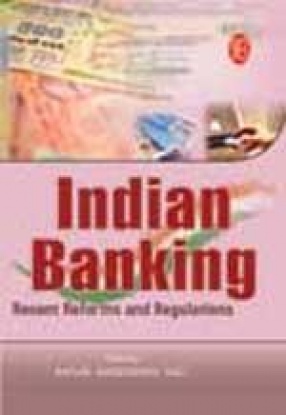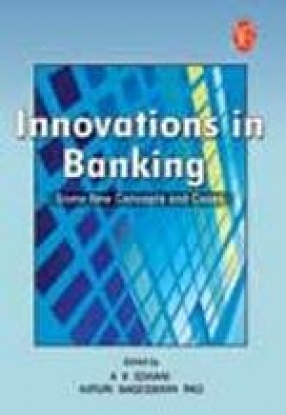Indian Banking: Recent Reforms And Regulations
Synopsis
Indian Banking in the post-reforms period faces the principal challenges of convergence, consolidation and competition, besides financial inclusion. The ever rising forex reserves and the falling dollar add new dimensions to the external sector management. Indian inflation cannot be brushed aside as a mere monetary phenomenon in view of the prevailing supplyside constraints. Inflation and liquidity management, therefore, become more important to the central banker. While Indian growth story appears to be sustainable, there are growing risks in the horizon in the form of poverty alleviation, rural development and rising asset prices. Indian banks, to be Basel-II compliant and to sustain the higher growth indicies, need more capital, through foreign direct investment, in a deregulated environment. While some have aspirations and potential to become universal banks, there is distinct space for small banks as well. While the recent SEZ policy resulted in many disasters, social and economic, there is need for a thorough revision of the policy to ensure even pattern of development without causing social unrest. The issue of holding structures for financial conglomerates is being hotly debated and the central bank's policy guidelines are yet to evolve. While the RBI has opted for phased implementation of the Basel-II norms, there is need to strengthen risk management policies, data assimilation and interpretation etc. Cross-border supervision is of critical importance. The RBI has permitted credit default swaps and it is a matter of time before insurance companies and mutual and other funds enter the fray. The recent initiative for Business Process Management by banks could result in the effective implementation of operational risk, if it includes people, content and enterprise applications.
Read more
33.30
29.97
$
37.00 $
Free delivery Wolrdwidе in 10-18 days
Ships in 2-4 days from New Delhi
Membership for 1 Year $35.00
Get it now and save 10%
Get it now and save 10%
BECOME A MEMBER











Bibliographic information